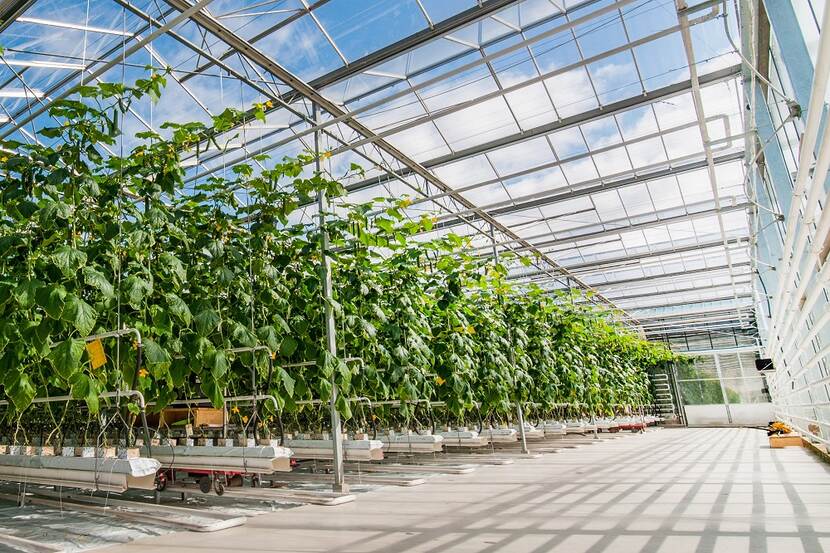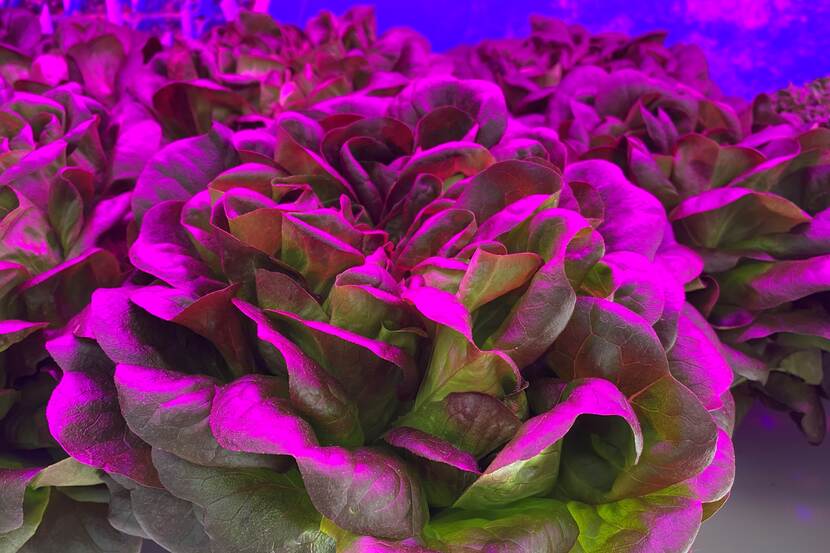Webinar: greenhouse market in Poland
Couple of days ago the Embassy organized a webinar about the current situation on the greenhouse market in Poland. Similar to the Dutch market Polish growers also had difficulties caused by the energy crisis. There are however some differences between the two markets. Watch the whole webinar or read the brief summary of it.
The webinar was based on the report on the same topic.

Economic characteristic
Poland 5th large economy in the EU. A net importer from the Netherlands, the 6th trading partner for agrifood sector in general and the 5th export destination for flowers and plants from the Netherlands.
The real GDP growth is slowing down, according to diverse estimations it will be only 0,5% in 2023. The reason of this situation is high inflation rate: in February 2023 it was even 17%. The inflation rate dropped in the meantime significantly but still notes a double digit number.
Poland has a large domestic market but is also a big hub for customers from other countries of Central and Eastern Europe including Ukraine. Another advantage of the country is the current nearshoring trend: many productions are being moved closer in order to shorten the delivery chain. Poland is becoming a beneficent of this trend: recently Pepsico opened a new factory in Poland and other large concerns like Danone announced lately an investment for 15 mln eur in the dairy sector in this country.
Unemployment rate
As in many other countries Poland is lacking labor. The current unemployment rate in Poland is only 3,2%. The tendency shows that the cost of labor is very high. It is now the biggest challenge for a producer. Before the war many Ukrainian men were working in the Polish greenhouses. Now also manpower of refugees from Ukraine rebalanced this bad trend for the Polish greenhouse producers. But workers are coming also from far East or even South America.
Watch the whole webinar here

Automatization, solution of the future
Polish producers have to think ahead if they want to stay competitive on the market. And in practice there are two kinds of producers: entities with no clear generation change don’t have the need to further develop the company and simply don’t want to invest as they see no future for the company. But companies which have a plan for the next 10-15 years are seriously considering implementation of new technologies. They want to stay competitive on the market and be more sustainable as it also means savings for a longer term for them.
Many procedures can be theoretically automatized but Polish producers are reluctant to mechanization. Many robots are now still in the testing mode and not implemented for the regular work in a greenhouse. Polish producers are looking for ready solutions. Robots for harvesting are still too slow. But generally speaking Polish producers are actually open to those solutions and on the moment there is a possibility for that, are willing to run some tests at their premises. It seems that the right solutions required by the Polish production aren’t yet available on the market.
Finances
Another problem with investments are finances. Next to credit capacity which is normal in any type of production also insurance of a greenhouse is needed. And they are very expensive due to the possibility of a hail in Poland. There are only two entities in Poland that issue insurance for such a type of production.
At the moment there are also no subsidies from the EU. Nevertheless producers are thinking about investments. Covid was difficult for many, but for flower production is was actually a great time. Now it has changed due to the energy crisis. But growers will continue with modernization even if it won’t be spectacular but made step by step. At the moment there are no new projects in Poland, but smaller investments like sensors installation are taking place.
Covered production in Poland
There are 1300ha regular glasshouses in Poland and ca. 3920 ha greenhouses (mainly plastic tunnels or very old and not renovated glasshouses of an old type). This part of the market is slowly disappearing, very fragmented and spread out though out the whole country. Greenhouses are not heated or partly heated, therefore the energy crisis wasn’t that difficult for this part of the production as it was for the regular glasshouse producers.
In Poland for 95% coal is being used for glasshouse heating. No other options for heating as the whole country is coal dependent. Energy costs are responsible for up to 35% of the total costs of the business in Poland.
Poland was a big importer of Russian coal which stopped with its fullscale war against Ukraine. For 6 months there was a sudden disruption in the delivery of this fossil fuel and the price of it grew 6 times until coal was finally imported from Kazachstan and Colombia.
To prevent the sudden increase of prices and to make savings on heating many producers shifted the production towards warmer months (from Dec- January to Jan- March) or switched crops to less heating demanding, like berries.
At the moment the price is of coal is the double of the price before the war and remains high, but still more acceptable compared to the energy price peek few months ago.